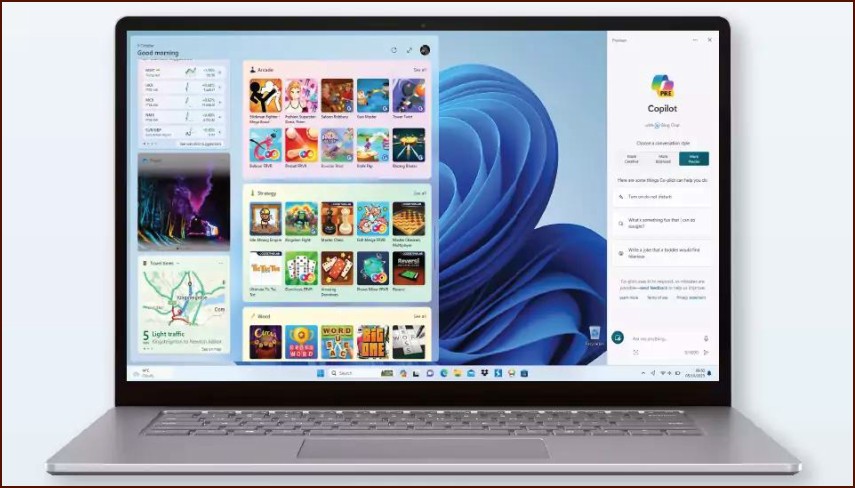What is a VPN?
A VPN, or Virtual Private Network, is a service that enhances your online security and privacy. When you connect to a VPN, it creates a secure, encrypted ‘tunnel’ for your internet traffic. This tunnel goes from your computer to a server operated by the VPN provider. This process hides your real IP address and encrypts your data, making it unreadable to anyone who might try to intercept it, such as your Internet Service Provider (ISP), network administrators, or hackers on public Wi-Fi.
Table of Contents
Key Security Benefits of Using a VPN
- Encryption: A VPN encrypts all the data leaving your device. This is especially crucial on public Wi-Fi networks (like in cafes, airports, or hotels), where hackers can easily snoop on unencrypted traffic to steal passwords and personal information.
- IP Address Anonymity: By routing your traffic through its own server, a VPN masks your real IP address. Websites and online services will see the IP address of the VPN server instead. This helps protect your identity and physical location.
- Bypassing Censorship and Geo-Restrictions: You can connect to servers in different countries to access content that might be blocked in your region.
- Secure Remote Access: For business users, VPNs provide a secure way to connect to a company’s internal network from a remote location.
How to Set Up a VPN in Windows 11
There are two primary ways to use a VPN on Windows 11:
1. Using a Dedicated VPN App (Recommended)
The easiest and most reliable method is to use the official desktop application provided by your VPN service (e.g., NordVPN, ExpressVPN, Surfshark, etc.).
- Sign up for a VPN service and download its Windows 11 application.
- Install the app and log in with your credentials.
- The app will typically feature a simple interface. You can often connect to the fastest available server with a single click, or you can choose a specific country or city to connect to.
- The app will manage the entire connection process for you.
2. Manual Configuration in Windows Settings
For advanced users or for connections that don’t have a dedicated app (like a corporate VPN), you can configure it manually.
- Go to Settings > Network & internet > VPN.
- Click Add VPN.
- Fill in the details provided by your VPN service, including the VPN provider, connection name, server name or address, and the VPN type (protocol).
- Enter your username and password.
- Click Save. You can now connect to this VPN from the VPN settings page or the Quick Settings panel in the taskbar.
More Topics
- How to Reset or Perform a Fresh Start in Windows 11
- How to Create and Use a Windows 11 Recovery Drive
- How to Manage Power Options in Windows 11
- How to Manage Your Privacy Settings in Windows 11
- A Guide to Essential Windows 11 Maintenance Tools
- How to Automatically Free Up Space with Storage Sense
- How to Configure and Improve the Windows 11 Firewall

